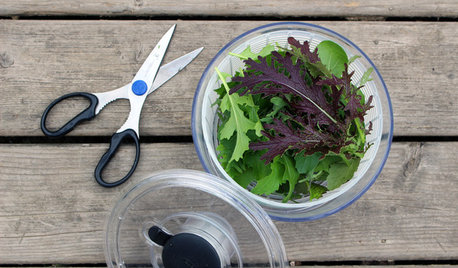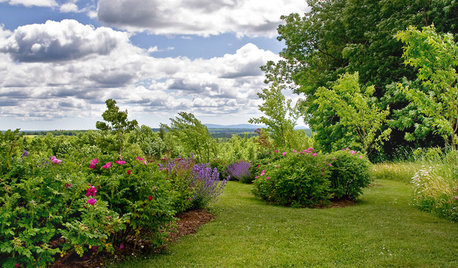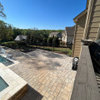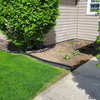need drainage help for my mulch bed/front yard
powie
16 years ago
Featured Answer
Comments (16)
stevega
16 years agolawnmasters
16 years agoRelated Professionals
Arnold Landscape Architects & Landscape Designers · Surprise Landscape Contractors · Corona Landscape Contractors · Danvers Landscape Contractors · Florham Park Landscape Contractors · Lemont Landscape Contractors · Salmon Creek Landscape Contractors · Wanaque Landscape Contractors · Chicago Ridge Landscape Contractors · Ansonia Landscape Contractors · Aberdeen Decks, Patios & Outdoor Enclosures · Garden City Decks, Patios & Outdoor Enclosures · Pittsburgh Decks, Patios & Outdoor Enclosures · Eatontown Swimming Pool Builders · San Dimas Swimming Pool Builderstoad08
16 years agoironbelly1
16 years agoduluthinbloomz4
16 years agomadtripper
16 years agolaag
16 years agoestreya
16 years agopowiebaby
16 years agowoodyoak zone 5 southern Ont., Canada
16 years agopowiebaby
16 years agopowiebaby
16 years agomad_gallica (z5 Eastern NY)
16 years agopowiebaby
16 years agodrtygrl
16 years ago
Related Stories

GARDENING GUIDESNew Ways to Think About All That Mulch in the Garden
Before you go making a mountain out of a mulch hill, learn the facts about what your plants and soil really want
Full Story
GARDENING GUIDESHow to Pick a Mulch — and Why Your Soil Wants It
There's more to topdressing than shredded wood. Learn about mulch types, costs and design considerations here
Full Story
GARDENING GUIDESThe Art of Green Mulch
You can design a natural garden that doesn’t rely on covering your soil with wood and bark mulch
Full Story
GARDENING GUIDES8 Unthirsty Plants Help You Save Water in Style
Spend less effort and money on your landscape with drought-tolerant and native plants that liven up your yard
Full Story
PETS6 Ways to Help Your Dog and Landscape Play Nicely Together
Keep your prized plantings intact and your dog happy too, with this wisdom from an expert gardener and dog guardian
Full Story
FARM YOUR YARDThe 8 Tools That Help Bring the Farm to Your Table
Vegetable gardeners get a big assist from these essential helpers
Full Story
LANDSCAPE DESIGNYour Mini Guide to Great Garden Edges
Get the scoop on trenches to the skinny on bender board, to help keep your garden beds as tidy as you like
Full Story
STANDARD MEASUREMENTSThe Right Dimensions for Your Porch
Depth, width, proportion and detailing all contribute to the comfort and functionality of this transitional space
Full Story
LIFE12 House-Hunting Tips to Help You Make the Right Choice
Stay organized and focused on your quest for a new home, to make the search easier and avoid surprises later
Full Story
MOST POPULAR9 Real Ways You Can Help After a House Fire
Suggestions from someone who lost her home to fire — and experienced the staggering generosity of community
Full Story








lpinkmountain